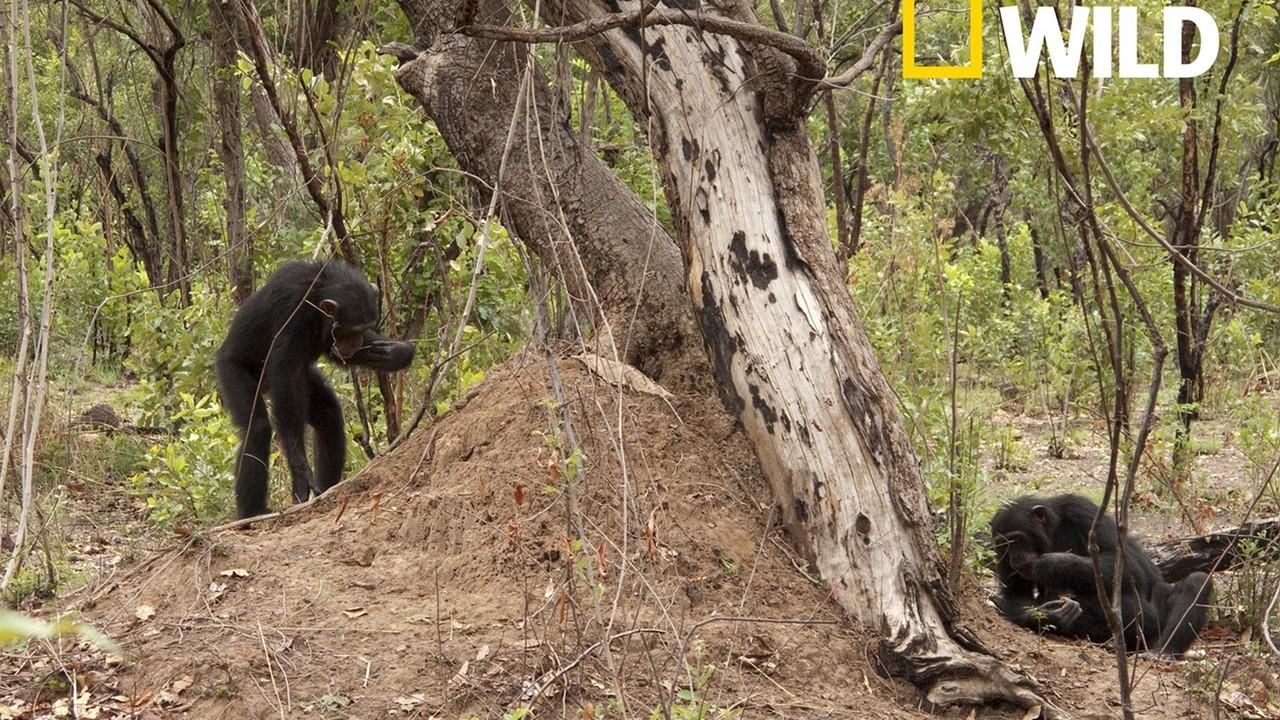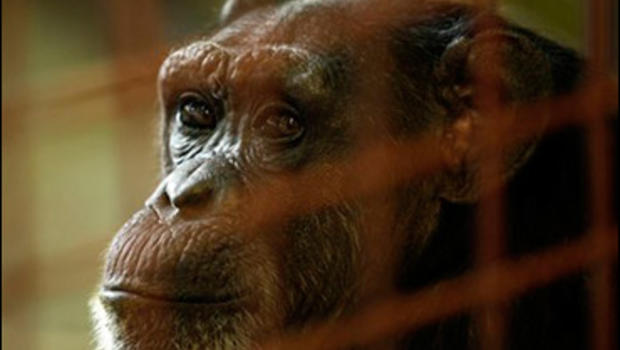


Additionally, both the chimpanzee and the bonobo Y chromosomes exhibit a C-band positive heterochromatic segment at the tip of their short arms (Yp) – a characteristic feature of the distal long arm of the human Y chromosome (Yq). The difference is attributable to a large early replicating euchromatic segment present in the proximal long arm of the bonobo Y, that is absent in the chimpanzee. The chimpanzee Y chromosome is the smallest of the complement and is almost metacentric in morphology, while the bonobo Y is submetacentric, and similar in size to the G-group chromosomes of this species. Published cytogenetic comparisons clearly show size differences among the Y chromosomes of our nearest relatives, the chimpanzee ( Pan troglodytes) and the bonobo ( Pan paniscus). In bonobos, however, female mate choice may make sperm competition redundant (leading to monomorphism of fertility genes), since ovulation in this species is concealed by the prolonged anogenital swelling, and because female bonobos can occupy high-ranking positions in the group and are thus able to determine mate choice more freely. In chimpanzees, multiple males copulate with a receptive female during a short period of visible anogenital swelling, and this may place significant selection on fertility genes. Although, loss of variation of the Y chromosome in the bonobo by a founder effect or genetic drift cannot be excluded, these contrasting patterns might be explained in the context of the species' markedly different social and mating behaviour. paniscus, the chimpanzee's closest living relative. In marked contrast, no variation was evident among seven Y-chromosomal lines of the bonobo, P.

troglodytes Y-chromosomal lines, ten Y-chromosomal variants were detected based on the number and arrangement of the ampliconic fertility genes DAZ (deleted in azoospermia) and CDY (chromodomain protein Y)-a so-far never-described variation of a species' Y chromosome. To solve this question we applied fluorescence in situ hybridisation (FISH) of testis-specific expressed ampliconic fertility genes to metaphase Y chromosomes of 17 chimpanzees derived from 11 wild-born males and 16 bonobos representing seven wild-born males. troglodytes is an open but fundamental question pertinent to discussions of the evolutionary fate of the Y chromosome in different primate mating systems. However, whether the published Y-chromosomal pattern of ampliconic fertility genes is invariable within P. These non-recombining regions include ampliconic gene families that are known to be important for male reproduction,and are consequently under significant selective pressure. The most striking difference is the dramatic rearrangement of large parts of their respective MSYs. The male-specific regions of the Y chromosome (MSY) of the human and the chimpanzee ( Pan troglodytes) are fully sequenced.


 0 kommentar(er)
0 kommentar(er)
